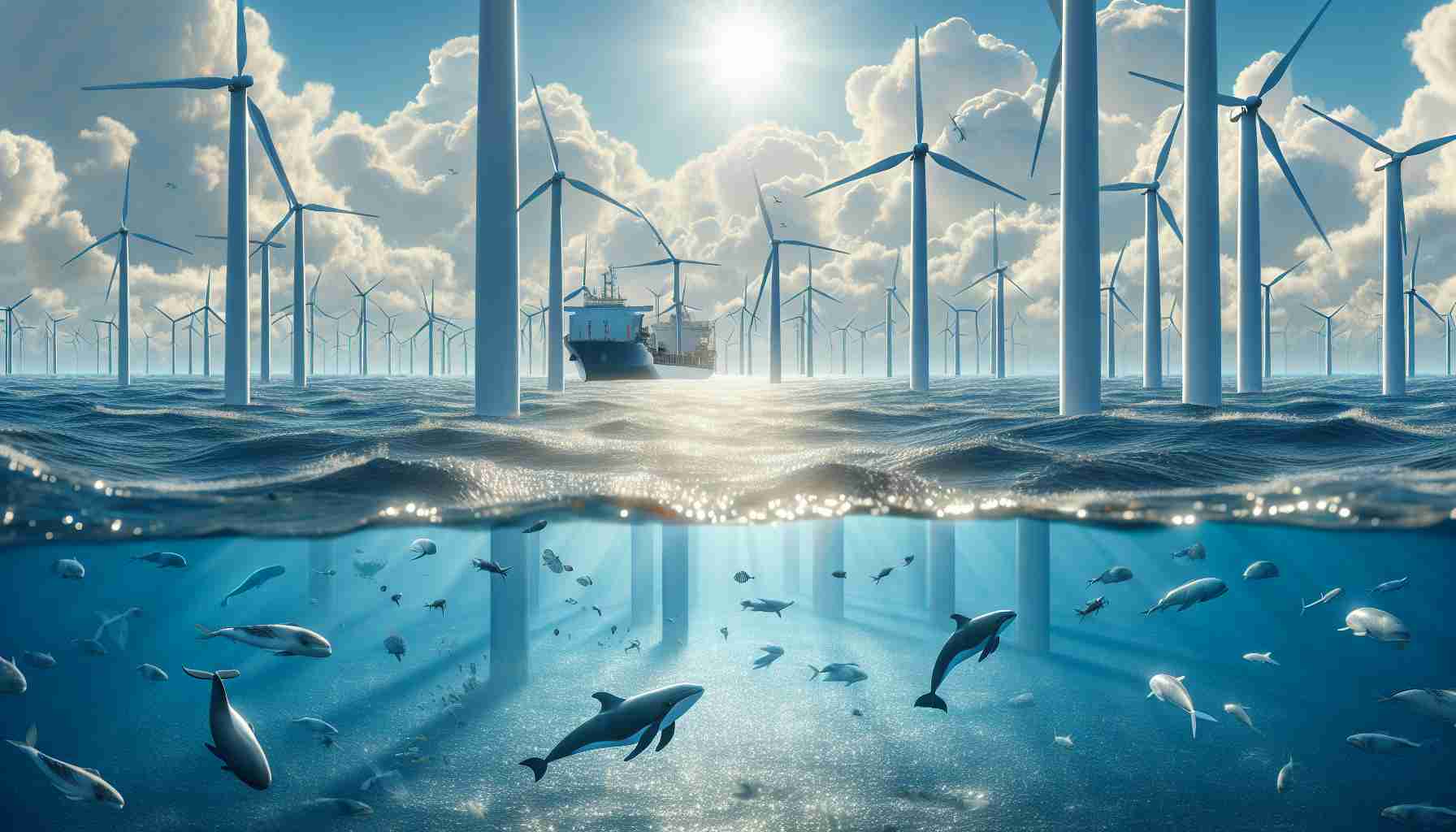Marine wind energy development is crucial for Spain’s energy transition goals, aiming to reduce reliance on fossil fuels and meet greenhouse gas emission reduction commitments. However, current planning lacks proper consideration for marine biodiversity conservation, risking irreparable damage to vital ecosystems. Areas designated for offshore wind energy development pose significant risks to migratory birds and marine species, highlighting the urgent need for comprehensive reassessment.
An in-depth report by environmental organization SEO/BirdLife emphasizes the inadequacy of selecting Renewable Energy High Potential Zones (ZAPER) within Maritime Spatial Planning (POEM) without factoring in vulnerability data of marine birds. The authors stress the importance of a precautionary approach guided by thorough scientific data to prioritize low-risk areas and ensure renewable energy projects align with biodiversity conservation.
Addressing concerns over the potential devastating effects on vulnerable bird populations due to the lack of species-specific information, the report underscores the high incompatibility between energy development and biodiversity protection. The strategic placement of offshore wind projects in critical areas poses significant risks to long-lived bird species with low reproduction rates, with even minimal increases in mortality leading to severe consequences.
While some zones were classified with medium impact, the majority were deemed high or very high risk. Particularly, the north Atlantic and Canary marine regions present the greatest danger to bird species, emphasizing the need for tailored species-specific assessments to safeguard critical feeding and breeding grounds.
Emphasizing the principle of precaution in the planning process is crucial to prevent irreversible impacts on bird populations. Urging international cooperation to address cross-border impacts on migratory bird species, the report advocates for synergistic solutions that advance the energy transition while preserving ecosystem integrity.
It is imperative to strike a balance between renewable energy development and ecological conservation to ensure a sustainable future for both energy production and marine biodiversity.
Advancing Sustainable Marine Wind Energy Development: Key Considerations and Challenges
As countries worldwide strive to transition to cleaner energy sources, the focus on marine wind energy development has become increasingly prominent. While the importance of harnessing wind power from the oceans is clear in mitigating climate change and reducing reliance on fossil fuels, there are crucial considerations beyond energy efficiency that must not be overlooked.
Key Questions:
1. How can marine wind energy development be balanced with the preservation of marine biodiversity?
2. What are the main challenges associated with offshore wind projects in terms of protecting migratory birds and vulnerable marine species?
Safeguarding Marine Biodiversity:
One critical aspect that demands attention in sustainable marine wind energy development is the protection of marine biodiversity. While offshore wind farms offer renewable energy solutions, the potential impacts on migratory birds and marine species necessitate thorough assessment and mitigation strategies to prevent irreversible harm.
Key Challenges and Controversies:
One significant challenge facing marine wind energy development is the potential risk to vulnerable bird populations, particularly in critical feeding and breeding grounds. The conflict between energy infrastructure placement and the preservation of biodiversity highlights the need for targeted interventions and tailored assessments to minimize adverse effects on wildlife.
Advantages and Disadvantages:
Advantages:
– Offshore wind energy is a renewable and clean power source that can contribute significantly to reducing greenhouse gas emissions.
– Expanding marine wind energy projects can create job opportunities and boost economic growth in coastal regions.
Disadvantages:
– Improper planning and placement of wind turbines can lead to negative impacts on marine ecosystems and species.
– The visual and noise impacts of offshore wind farms may affect marine wildlife behavior and habitat connectivity.
When navigating the complexities of sustainable marine wind energy development, a holistic approach that integrates environmental considerations with energy needs is essential. By prioritizing low-risk areas, conducting species-specific assessments, and fostering international collaboration, it is possible to achieve a harmonious balance between renewable energy advancement and ecological preservation.
Relevant Link:
International Renewable Energy Agency
